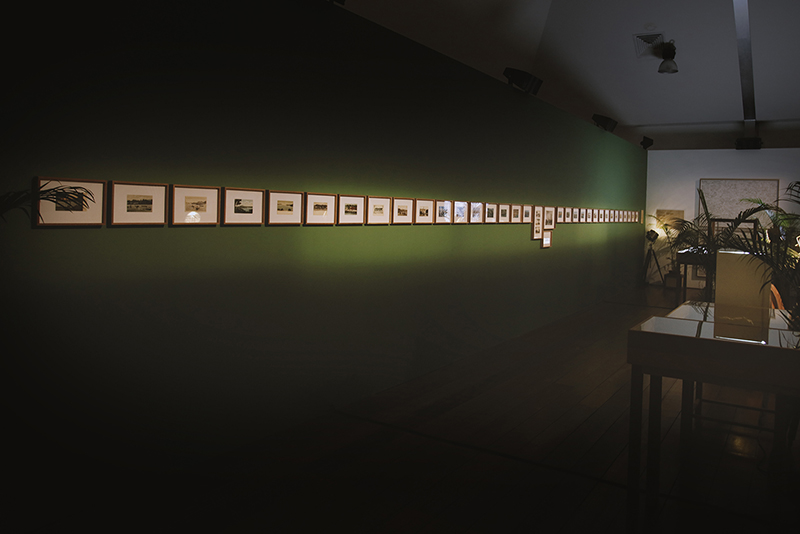THe NAture museum
An artist cannot exaggerate the sun (1883-1888)
Can’t see the forest for the trees (1840-1993)
Collection of the Coast Exploration Society, 1978-1988
Bats, Mangroves, Durians, Reservoirs, Tilapias & Floods : The Francis Leow Archives
All images by the ICZ
can't see the forest for the trees (1840-1993)

This is a collection of postcards dating back to the 1840s. The Singapore riverbank has been one of the most dominant features in postcards from Singapore since the 1840s.
The oldest postcards reveal the riverside landscape before the reclamation of the Singapore river, formerly a mangrove swamp. After reclamation, the postcards show the rapid development of entrepot economy, and also becomes a document of how colonial engineering “fixed” the tropical landscape. A rash of ships and sampans fills the waterway, and spreads into the mainland in the form of colonial architecture and civic institutions.
Closer to the present, the river develops into a skyline, and adopts its now familiar touristic quality: skyscrapers grow from the colonial landscape. The desert-like landscape in the horizon is also visible. This is due to the result of modern-day reclamation efforts, which began in the 60s.
It’s easy to miss one of the most striking features of these images. A single patch of greenery, a massive Banyan Tree overlooking the river, has been spared for what some arborists believe to be almost 200 years.



It is impossible in tropical climates to determine the ages of trees through tree-ring analysis, so one of the only ways to date a tree is through photographic and anecdotal accounts (and in some rare cases, paintings). In addition, when dating trees, photographic records with a distinct landmark or location are preferred for reliability in corroborating accounts with locations.
It's unclear if this banyan tree is the island’s oldest, but it is likely to be the tree with the oldest and longest photographic record in Singapore. The Banyan Tree happens to be at a spot of the only ship-building yard along the Singapore River. Photographs of this ship-building yard from the 1890s show the Banyan Tree prominently. Recently, some researchers claim that the banyan’s neighbour, a palm, is the older tree, but it is impossible to fully ascertain this.



































Copyright 2017, Institute of Critical Zoologists